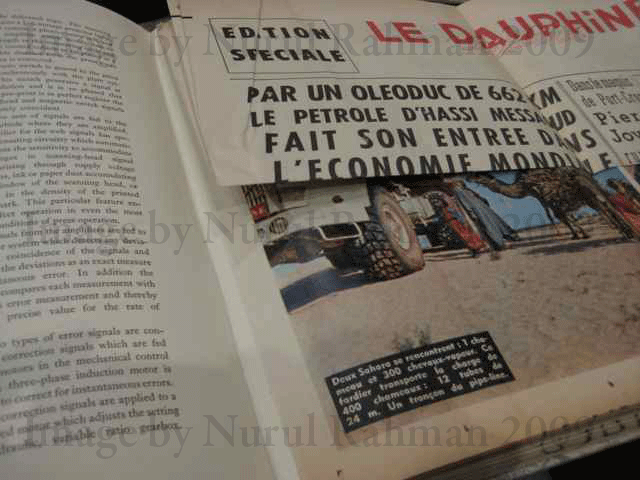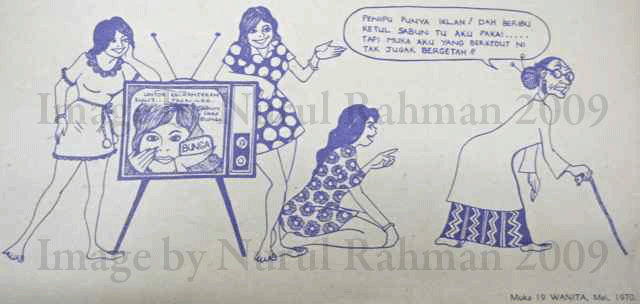Designing for Everyday life
Designing for everyday life is not a new phenomenon, in fact it has been a practice in a role as a designer for decades (Papanek 1972, Heskett 2003, Shove 2007). But it is something that gets very little attention from academic scholar publication. Perhaps, not many designers that choose to take the academic path, or perhaps some did but have been through a hard time in fitting in academic life and decided to go return to practice. Nobody knows the actual reason behind it.
But one things for sure, the areas began to shine in academic discussion. Design in general became popular again. No, not only design as in architecture , engineering or product design, but also other little areas in design such as graphic design, typography design, information design, and the newest family in design, Communication Design (Frascara 2004). Also apart from the most know design disciplines, other areas of studies also become emerged in connection with design studies, such as national identity, advertising, photography, iconography, cultural studies and so on (Rahman 2010).
Design is part of our everyday life. This is besides the fancy looking design that almost everybody think design should be. We’re not talking about Philip Stark or Karim Rashid kind of work (not that I considered these are bad design), because design can also be ugly and yet still function appropriately. Let’s not forget that was the initial purpose of the act of designing, not for the look and feel but more for its purpose and function. What happen to Frank Lyod Wright ideas about design? What happen to form follows function as Louis Sullivan try to teach us? What about the idea Victor Papanek try to impose on young designers about designing for the real world?
Design have lost it path, it got mixed up with politics of design. Some has gone through the dark side. Like Jedi climbing toward the dark side. Most designers seems to fancy the glamor side of the practice and attracted towards ‘the blink blink ‘side of the outcome rather then focusing on the vigorous part of design and possible contributions it could make. As pointed by Nigel Beechy, President of News South Wales, Australian Graphic Design Association, designers ‘tends to have almost a pop star mentality, going for the cool, groovy designers at the moment’ as quoted by Rick Poynor in Designing Pornotopia: Travels in visual culture (2006:108)
David Berman, a Canadian designer in his recent book 2009, asked us ‘not only to do good design, but do good’. Or may be we should start reading again the discussion on the Idea of design by Margolin & Buchanan, 1995 to remind us how far the design path has gone and the initial ideas many designers try to take on.
So, designer.. do good design not only mean do good design as in a amazing, smart, beautiful and dynamic design. Do good! This also means for you to start thinking about:
1. How your design will impact others, what is your roles here?
2. Are you changing anything? If Yes, then ask yourself how and then what purpose does it served?
3. Are you making an improvement by creating another problems?
4. And what about the material you used? Are they safe, good for both your client and the environment we lived in? Will they destroyed anything in future?
5. Or are you creating a false image of other just because the product needs to sell?
These are some of the questions you need to think about before you start imagining the colorful design, fantastic shape and structure, and vis-a-vis to the latest fashion. And most importantly is be conscious of your surrounding and think about doing good.
I would like to also point out the significant practice of documenting and recording. What purpose does this served? Yes, some of them are old and ugly design, outdated and common. I’m sorry if that is part of your past history in design, so what? But some might also surprised you. How modern they were, how Avant-Garde it was? Isn’t design is about making things better? Making life easier? Negotiating some parts of social activities and communicating them as clear as you can? And remember an ugly design of the past, doesn’t mean that it is not part of history. Instead of trying to hide the past fashion style, why don’t you try to learn from them? There are so many things about the past that can informed us. As for designers, the past is where you get your inspiration. What is the future without the past? Where do you think our memories comes from apart from we try to invent it.
The other parts in design in everyday life is also about our everyday life. Yes, what about the little thing that is part of our everyday life (I’m talking from a perspective of visual communication designer here), the ephemeral artifact such as bus tickets, snack packaging, stamp, receipt, plastic bag, Ang Pow folder, cinema tickets and so on.. do we remember how they look like? And do we remember how they have changed? Do we care if they have changed? I have discussed this in my research essay, the important of archiving, collecting and documenting.
When discussions about identity take place, questioning who we are and what we want to be in future? There is no clear answer but yet there are several sets of possibilities. May be one ways to investigate and understand who we are is to go back to the everyday artefact of our life, and what I mean is the not merely the fancy, good looking imagined of our past, but that includes the ugly, imperfect and ordinary artefacts too. They are part of history as Walter Benjamin try to tell us that every image of the past that is not recognized by the present as one of its own concerns, threatens to disappear irretrievably.
One of the actual French newspaper published in 1950 (colour) folded in Penrose Annual London 1960.
WANITA- Malaysian Women Magazine, May 1970, p.19.


